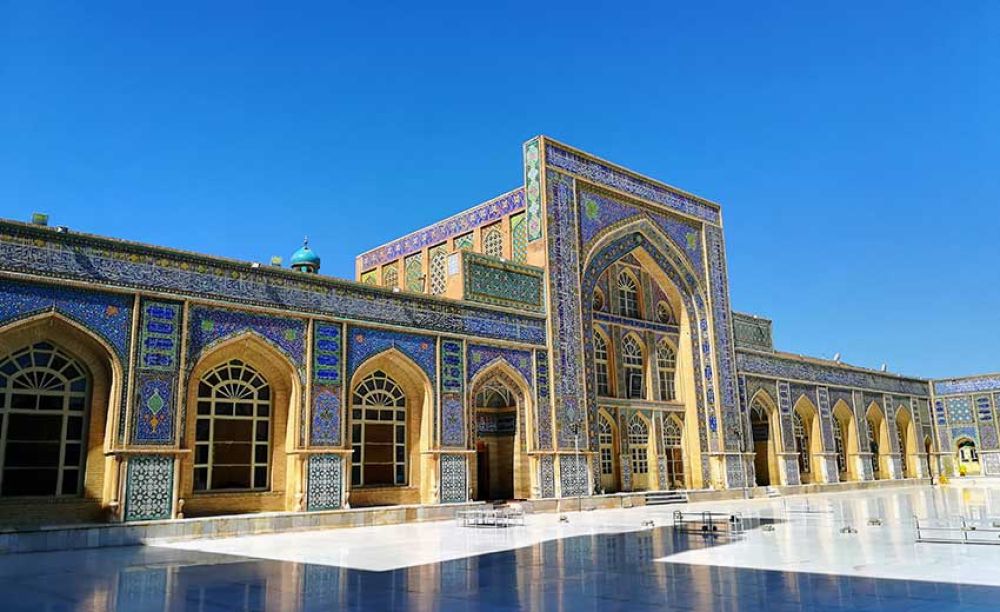Bamyan is most famous for its historical sites, particularly the Bamyan Buddhas, which were two monumental statues of standing buddhas carved into the side of a cliff. Despite their destruction by the Taliban in 2001, the site remains a testament to the region's rich historical and cultural heritage. Bamyan is also known for its beautiful landscapes, including the Band-e-Amir National Park, which features stunning natural lakes.

